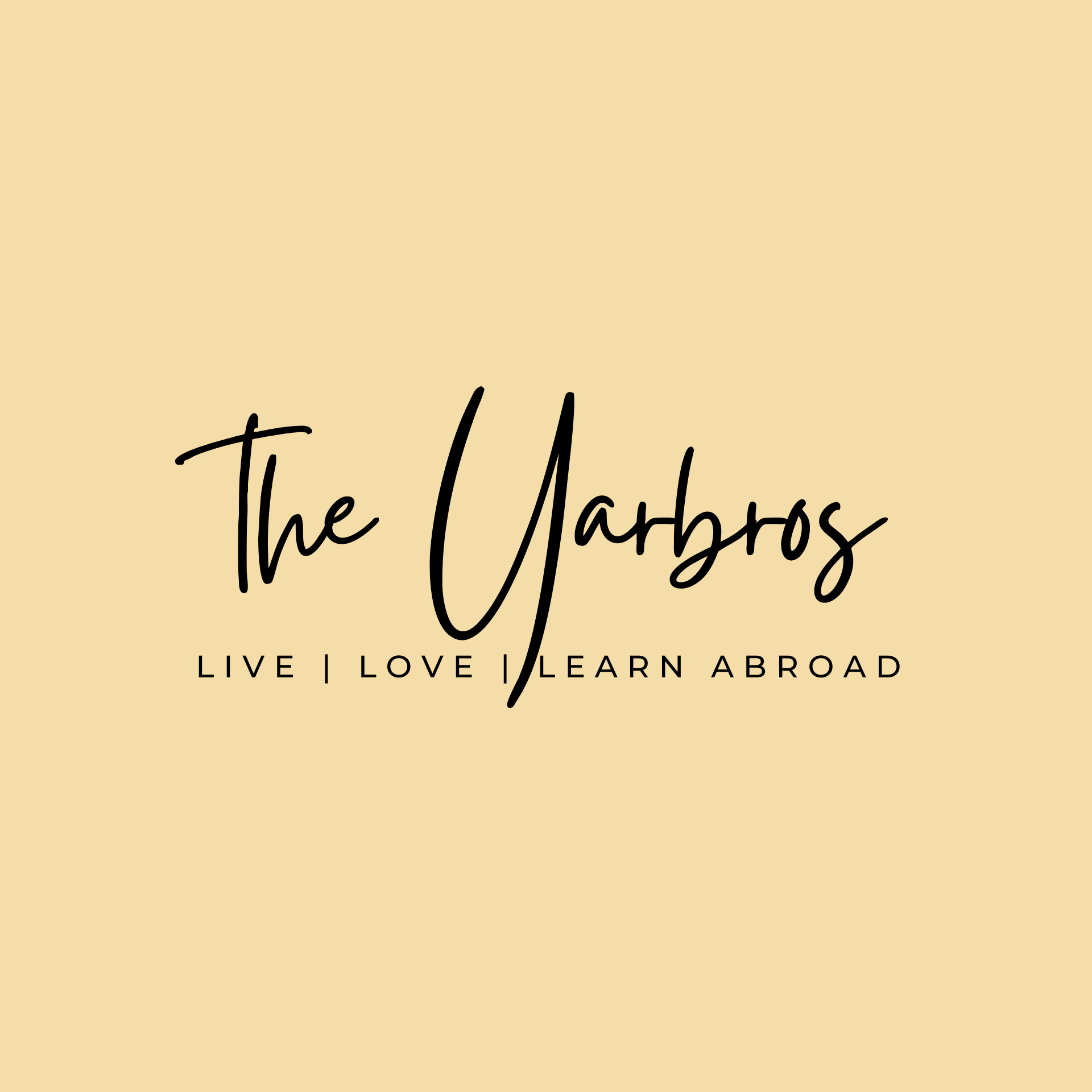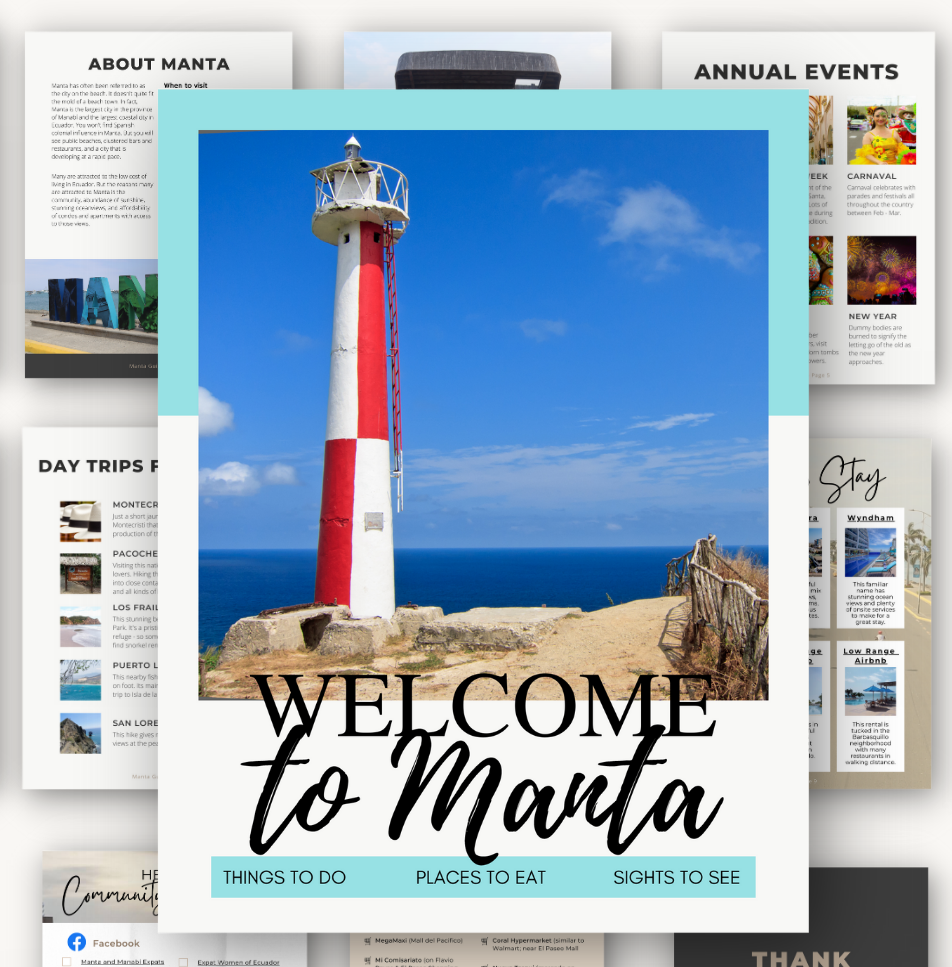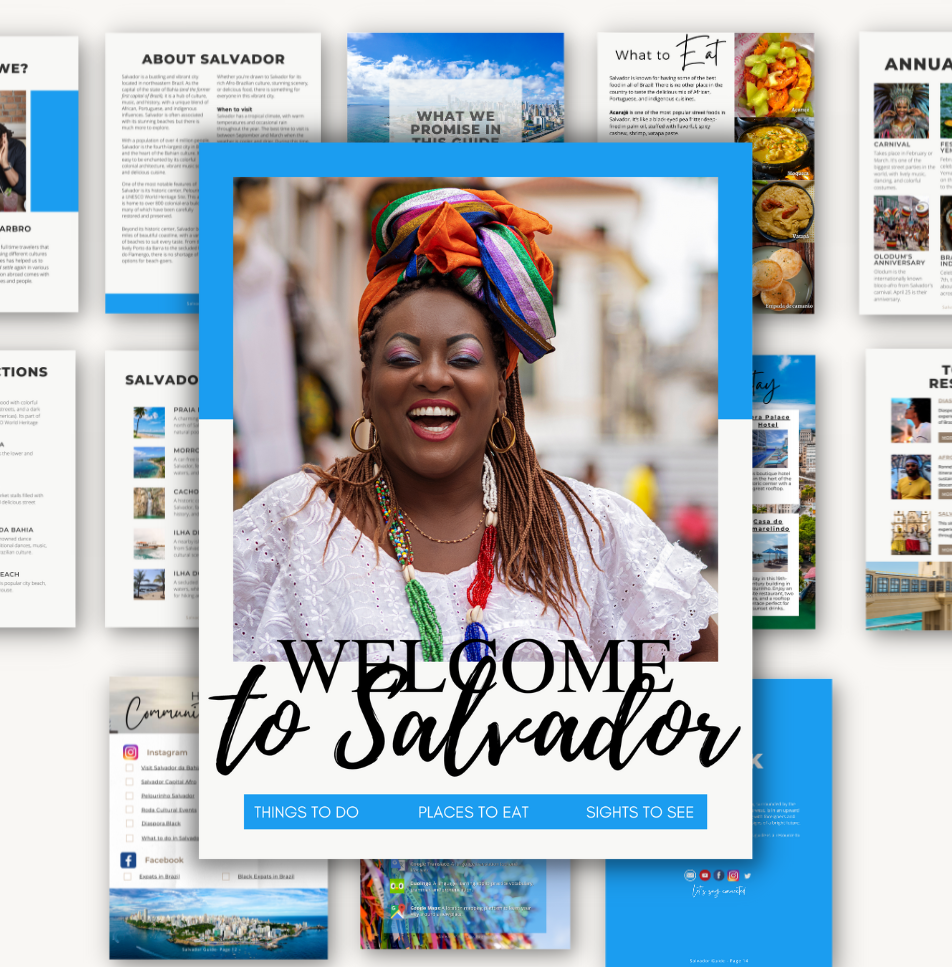Imagine strolling through the bustling street markets of Bangkok, savoring authentic pad thai while conversing fluently with locals. Or perhaps ordering a chocolatina (a personal favorite and one word I’d learn in ANY language) anywhere in Latin America, delighting locals with your near flawless accent. Whether it’s Spanish, French, Mandarin, or ‘other‘, more and more resources are available now to help you reach fluency anytime, anywhere. Specifically, the adaptive and interactive industry of language learning apps. The apps I’ve tested below, offer immersive experiences that go beyond grammar rules and vocabulary drills. They’re designed to help you communicate naturally, grasp cultural nuances, and even think in your target language. But, how good are they?
Let’s jump right in and explore some of the best language learning apps.
Comparing Language Platforms

Babbel is a language-learning app that teaches you to speak, read, and listen in new languages. It’s a platform that I’ve long been curious of testing out. One of its claims is to provide tools for real-world conversations, that include videos, podcasts, lessons, games, and live online classes. Babbel offers 14 different languages and also boasts that it’s scientifically proven to help you start speaking a new language in 3 weeks. Some aspects of Babbel that I appreciate are structured lessons around real-life scenarios. Their lessons help when you actually attempt to put what you learned into practice. The software also has speech recognition technology that helps a lot in pronunciation practice. Additionally, Babbel offers short, bite-sized lessons perfect for those with busy schedules.
Pros:
- User-friendly interface and straightforward lessons.
- Emphasis on real-life conversations.
- Decent speech recognition for pronunciation improvement.
- Good for beginners and intermediate learners.
Cons:
- Might lack advanced-level content.
- Limited cultural insights compared to some other platforms.
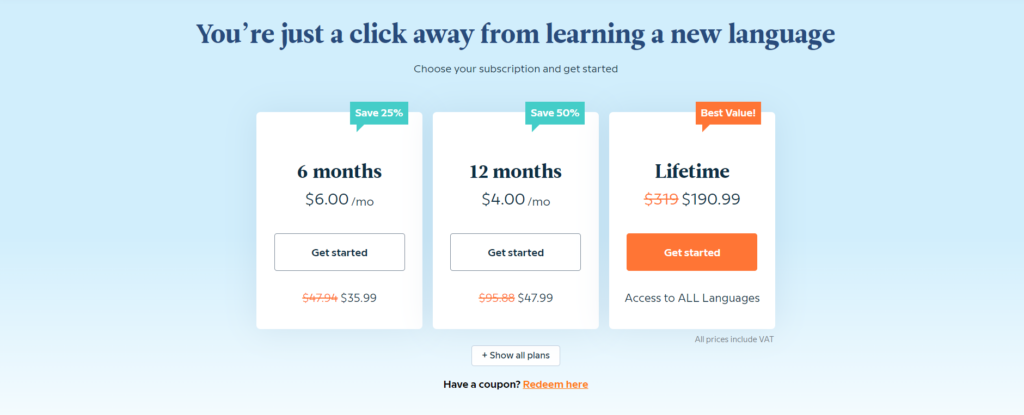

Lingoda is a subscription-based platform that teaches languages in live classes via video conferencing. If you’re a fan of remote classroom-style learning, this one might be for you. Classes are offered for both individual and group lessons with native-speaking teachers for a more immersive experience. There’s something about being put on the spot for direct communication that really speeds up the learning process. Lingoda offers four core languages: English, German, Spanish, and French. With video classes, the curriculum is focused more on developing speaking and listening skills. 👈🏾 As a full-time traveler, I weigh speaking and listening much higher than grammar or writing (for now). Having a live teacher was fun, but group classes move at a pace of their own with learners of varying levels in attendance.
Pros:
- Interaction with native teachers = accelerated learning
- Regular speaking practice through live lessons.
- Flexible lesson schedules, suitable for various time zones.
Cons:
- Limited language options compared to other platforms.
- Group lessons may have varying levels of participation.
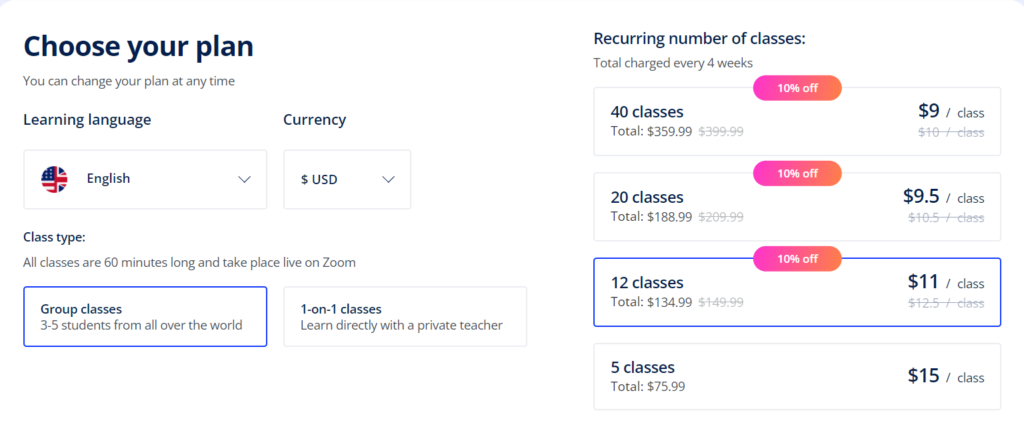
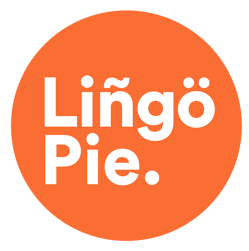
LingoPie is a subscription based platform with its main difference being that it’s a video-on-demand platform. It’s like Netflix, but for learning a new language with lots of cool tools. Learners engage by watching tv and movies with access to a wide variety of languages and content to choose from. Despite being primarily a video-on-demand platform, the video content is packed with features such as flashcards, playback speed, interactive subtitles, mash-up, and say-it … just to name a few. The ‘playback speed’ is one of my favorite features. I love the ability to slow down the video to my level of understanding.
Pros:
- It’s an engaging and fun way to learn, especially for those who enjoy videos.
- There’s exposure to natural conversations, slang, and cultural references.
- You have the option to learn multiple languages simultaneously, and even different dialects of the same language.
Cons:
- Not as structured as traditional lesson-based apps.
- Less focus on grammar explanations.
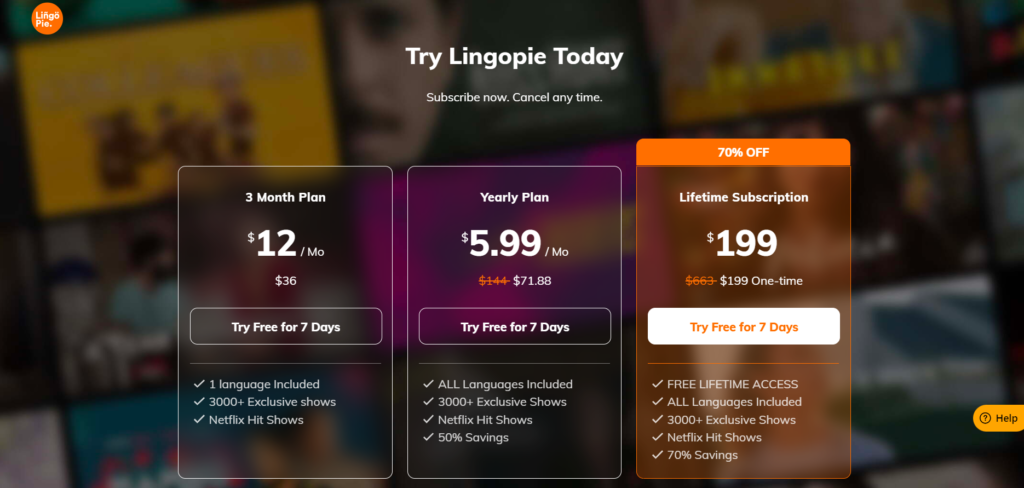

Duolingo is a free language learning app whose mission is to develop the best education in the world and make it universally available. It offers a gamified and user-friendly experience that strives to make learning languages accessible and easy. Honestly, Duolingo was the first language app I downloaded because it was free! It was easy to use and a good starting point for someone wanting to pick up on vocabulary.
Pros
- Has game-like elements such as points, levels, and achievements to promote engagement
- Offers over 40 languages, yes 40!
- Offers bite-sized modules, covering different aspects of language learning
Cons
- Limited depth, no real complex grammar rules or cultural nuances
- No real speaking practice, the app’s speech recognition technology might not always accurately assess pronunciation
- The free version of Duolingo is ad-supported.
Why Do People Even Use Language Learning Apps?
- Global Connection: In today’s uber-connected world, language skills are a bridge that connects people and cultures. Whether you’re a globetrotter, an expat, a digital nomad, or a retiree abroad, learning the local language opens doors to authentic experiences and richer connections.
- Enhanced Travel Experience: Imagine exploring the hidden gems of a foreign city because you knew enough to strike-up a conversation in the local language. You can unlock the secrets of historic sites, converse with locals for insider tips, and truly immerse yourself in the culture. That’s more than Google will ever be able to offer you.
- Cognitive Benefits: It keeps your brain sharp. Learning a new language enhances cognitive functions like memory, problem-solving, and multitasking.
- Career Opportunities: Now, more than ever, multilingual individuals are highly sought after. Proficiency in multiple languages can enhance your career prospects and open doors to international job opportunities.
- Personal Growth: Language learning is a journey of self-discovery. It challenges you to step out of your comfort zone (for real), builds resilience, and boosts your confidence.
Reasons to Learn a New Language
Whatever route you choose to pursue to learn a new language, the reasons below are just the tip of the iceberg:
- Cultural Appreciation: (#notappropriation) Language is a key to unlocking the treasures of a culture. Learning a new language allows you to delve into all aspects of it, such as literature, music, cinema, and traditions, that might have been closed off to you before.
- Empathy and Understanding: Learning a language gives you a deeper understanding of people, history, and societal norms.
- Travel Confidence: When you can communicate in the local language, you navigate new places with ease, build rapport, and make lasting memories.
Which language are you planning to pursue and what method are you considering to help you reach fluency?
